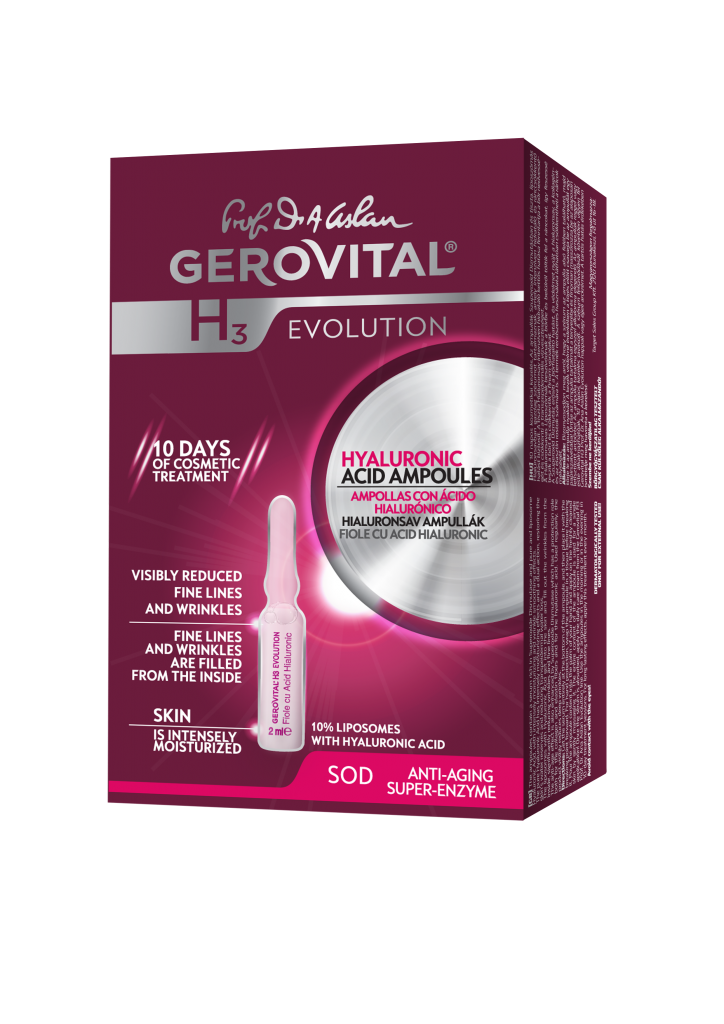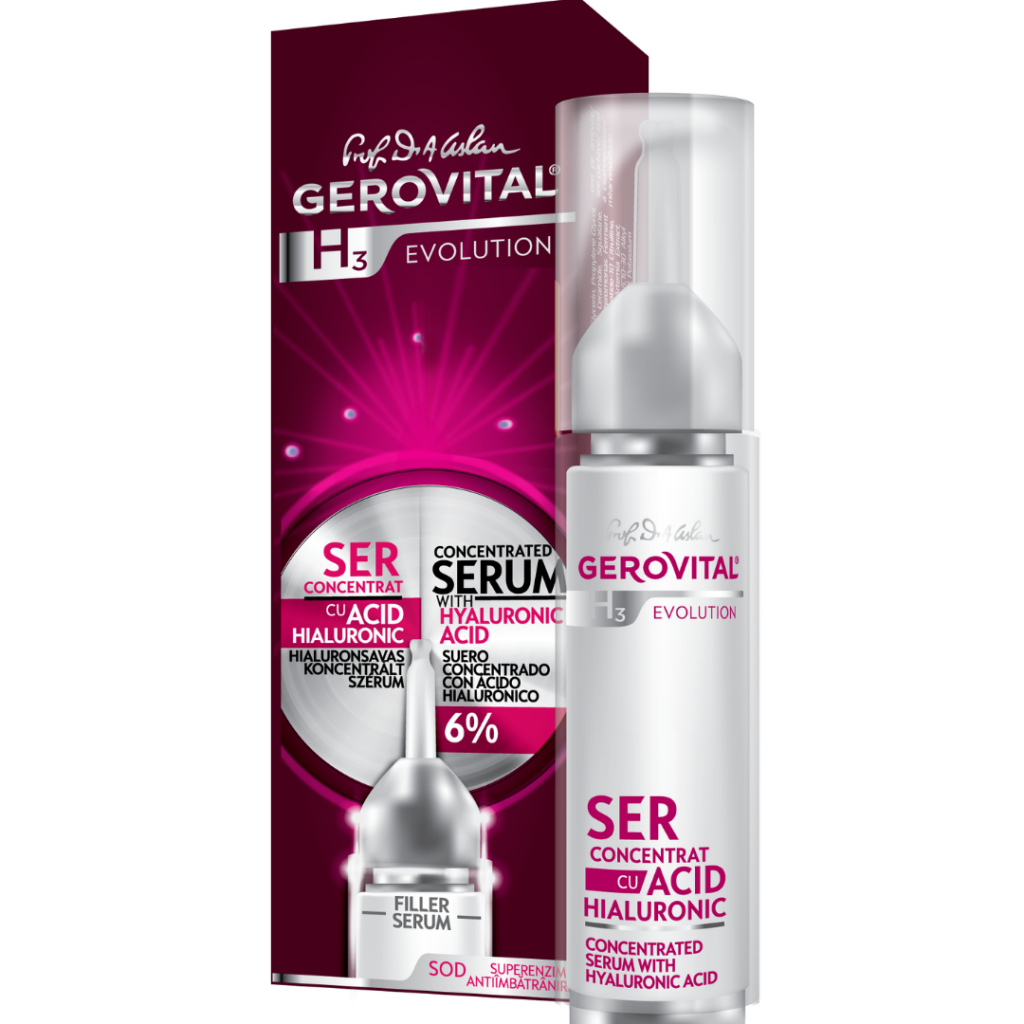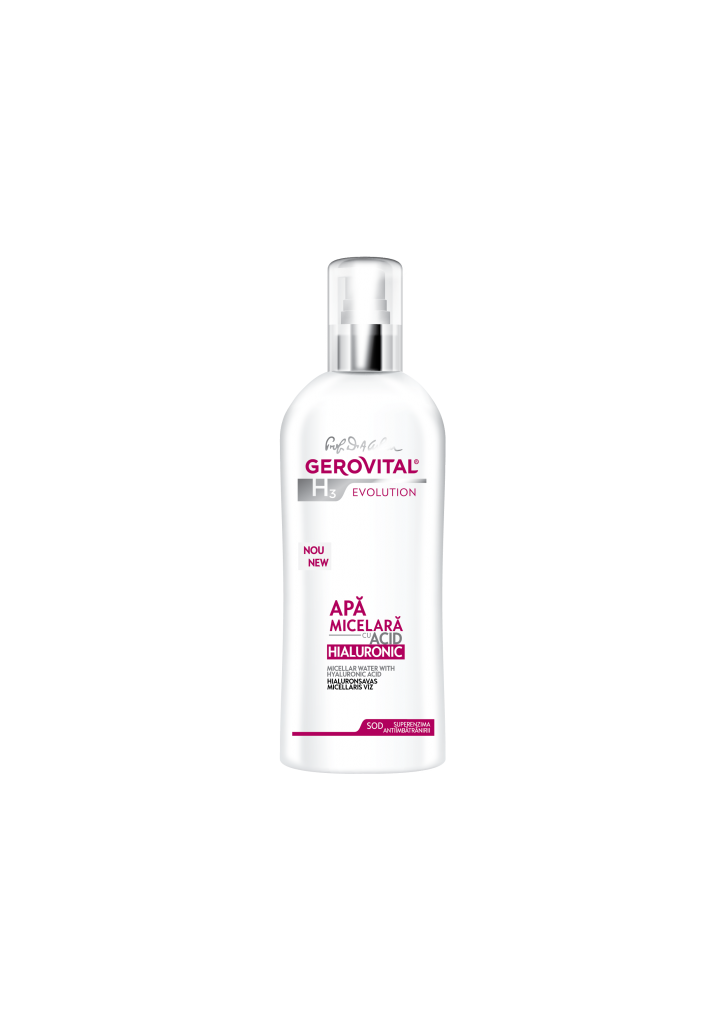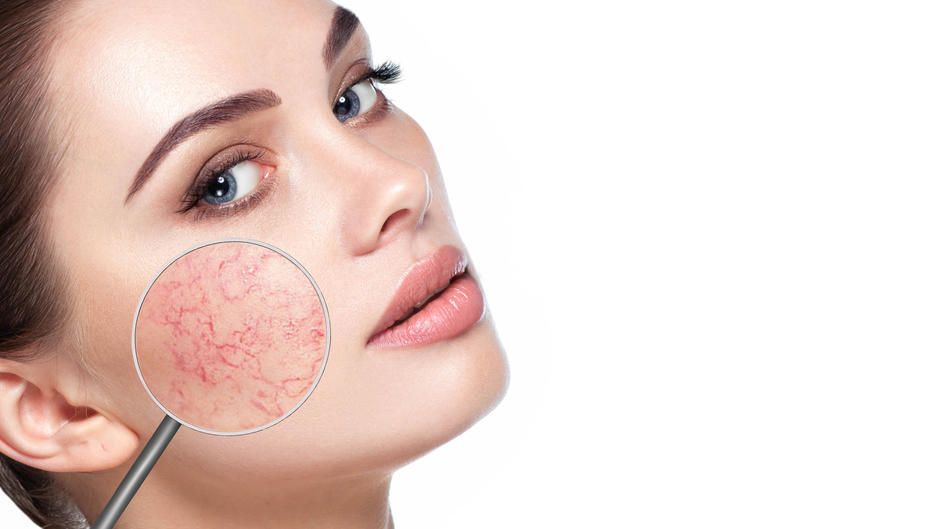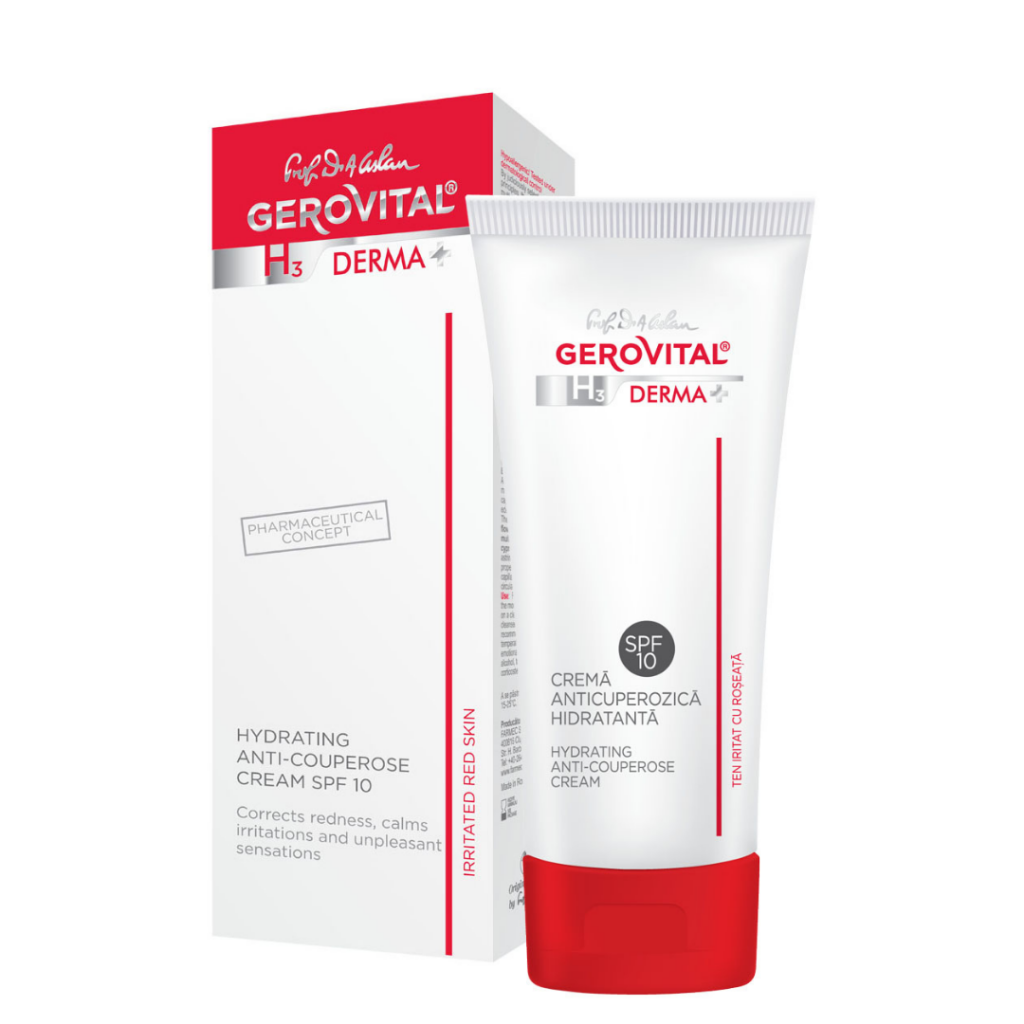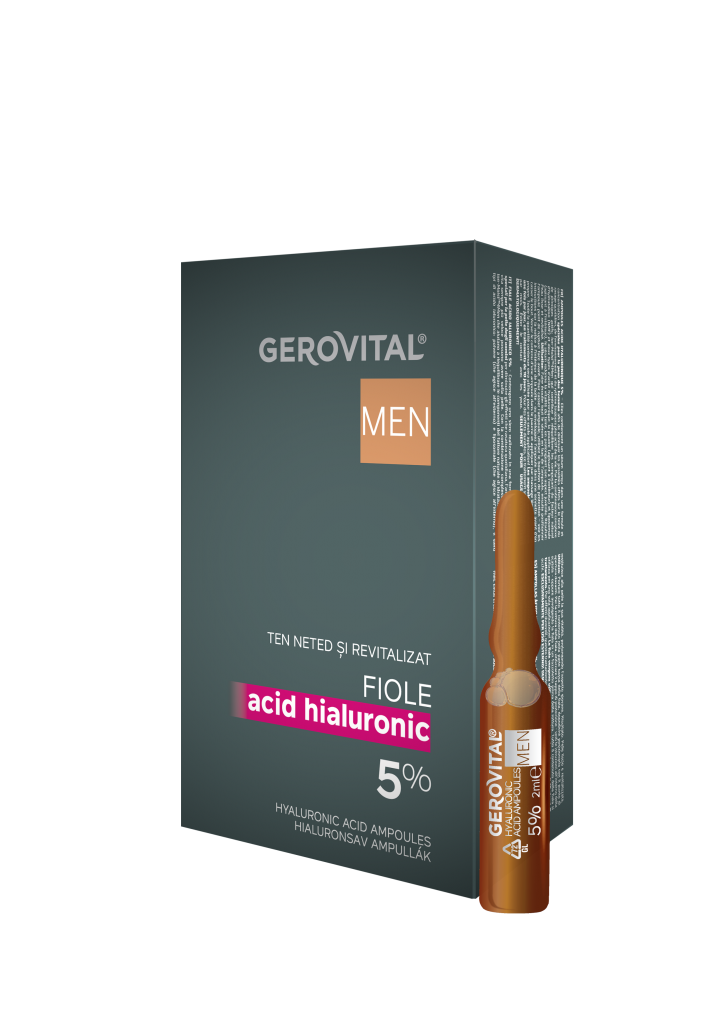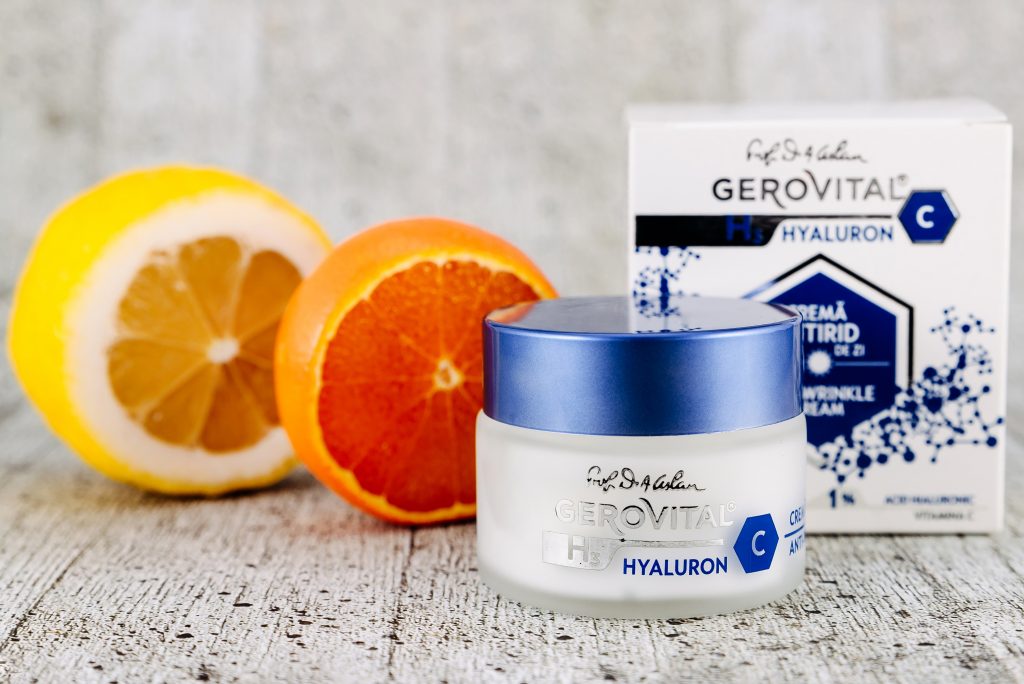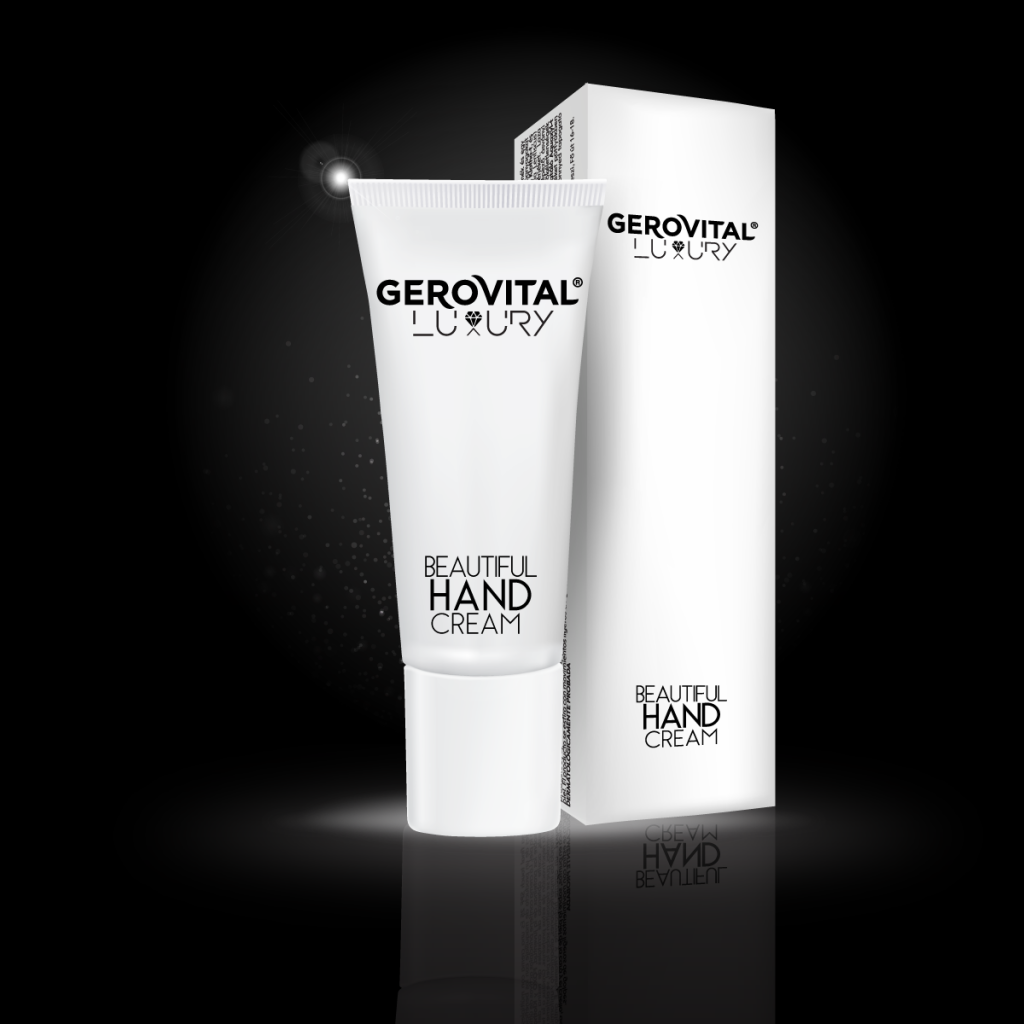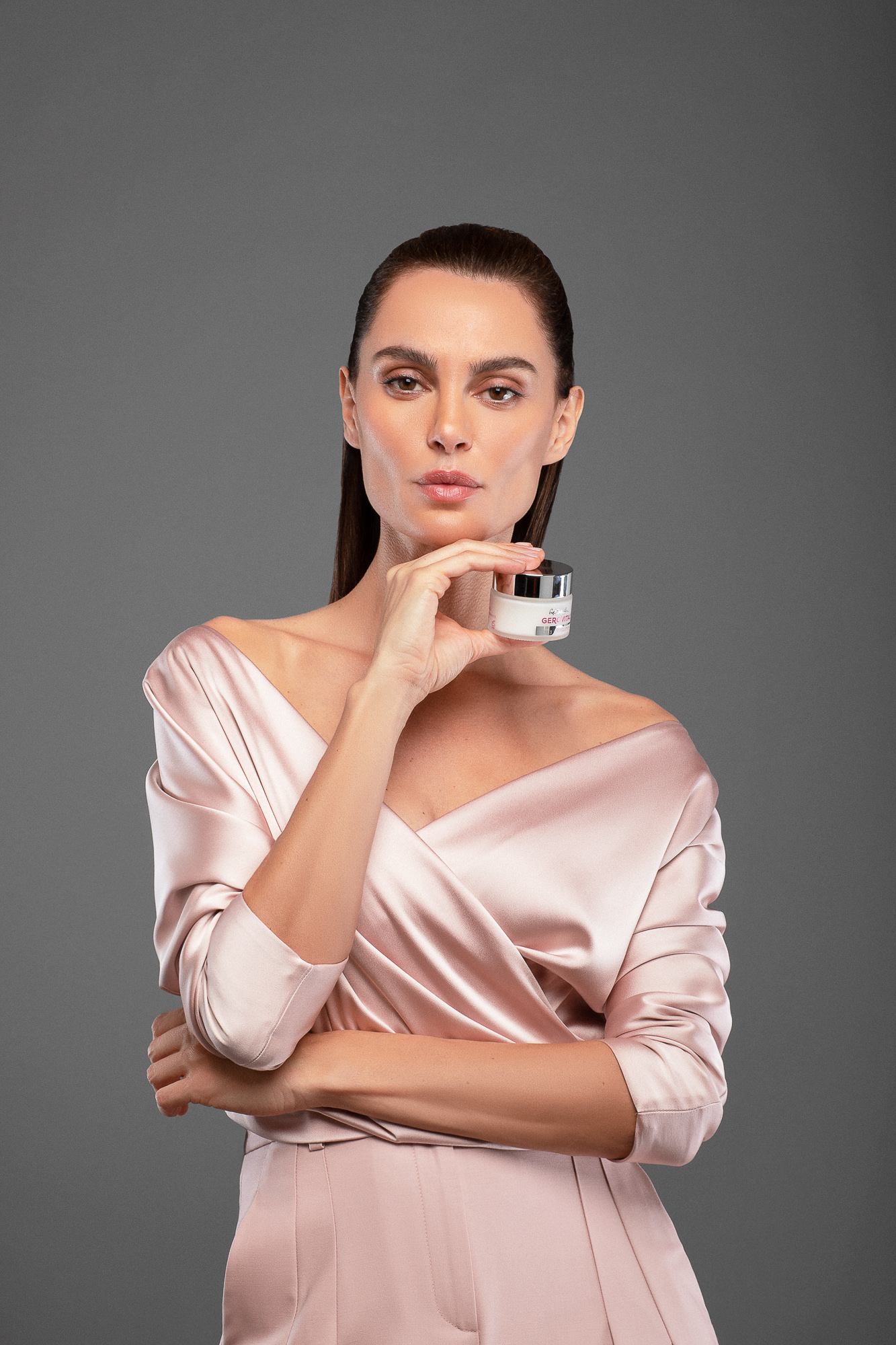

Is het gebruik van alleen een dagcrème voldoende, of moet je overwegen om ook een nachtcrème te gebruiken? Ontdek in de onderstaande regels de verschillen tussen dag- en nachtcrèmes en de specifieke voordelen van elk voor de gezondheid van de huid!
U zult ontdekken dat elk van deze twee soorten producten een verschillende, maar complementaire rol in de zorg vervullen. We geven u ook aanbevelingen uit het Gerovital-portfolio voor uw specifieke huidbehoeften.
De rol van dag- en nachtcrèmes in de huidverzorging
Houd jij ervan om voor je huid te zorgen en haar de voedingsstoffen te geven die ze nodig heeft? In dit geval moet u er rekening mee houden dat de huid zowel overdag als in rust beschermd moet worden!
Maar waarom is het nodig om de juiste producten te gebruiken, afhankelijk van het tijdstip van de dag? Het is relatief eenvoudig te raden: dag- en nachtcrèmes hebben een complementaire rol in de huidverzorging: om precies te zijn, om de behoeften gedurende 24 uur in evenwicht te brengen.
Daggezichtscrèmes zijn samengesteld om de huid te hydrateren en te beschermen tegen externe factoren – de zon, vervuiling en andere omgevingsinvloeden. Aan de andere kant helpen nachtcrèmes de huid te regenereren tijdens de slaap, wanneer deze van nature ontvankelijker is voor behandelingen. Je zult genieten van een gezondere en stralendere huid als je beide soorten producten op een evenwichtige manier in je routine introduceert!
De belangrijkste verschillen tussen dag- en nachtcrèmes
Dag- en nachtcrèmes verschillen in veel opzichten, van hun formule en textuur tot het doel en de timing van gebruik.
- formuleringsverschillen
De dagcrèmeformule is meestal lichter, met formules die zijn ontworpen om te beschermen tegen UV-straling of vervuiling. Aan de andere kant hebben Gerovital Classic of Gerovital Evolution nachtcrèmes rijkere formules. Ze zijn ontworpen om de huid te helpen regenereren tijdens de slaap, wanneer de huid meer openstaat voor het absorberen van ingrediënten.
- de verschillende textuur van de producten
Gerovital Dagcrèmes hebben een lichtere textuur, waardoor ze gemakkelijker door de huid worden opgenomen en een zacht gevoel achterlaten. Aan de andere kant hebben nachtcrèmes een dichtere, rijkere en verzachtende textuur. Ze kunnen dus langer op de huid blijven zitten, zodat de actieve ingrediënten effectief kunnen werken!
- verschillende doeleinden in huidverzorging en bescherming
De dagcrème biedt bescherming tegen de zon en andere omgevingsfactoren, hydratatie en een stralende uitstraling. Nachtcrèmes zijn bedoeld om de huid te regenereren en te herstellen tijdens de slaap, wanneer de regeneratieve processen intenser zijn
- tijd van gebruik
U kunt ’s ochtends een dagcrème aanbrengen om te profiteren van de beschermende en hydraterende werking, en ’s avonds, voordat u naar bed gaat, van de regenererende en intens hydraterende werking van ingrediënten als retinol, hyaluronzuur of natuurlijke vetten. Door regelmatig dag- en nachtcrèmes te gebruiken, kunt u de textuur en de toon van de huid verbeteren, vroegtijdige veroudering voorkomen en de huid op voldoende niveau gehydrateerd houden.






